Introducing Needle's GitHub Integration: Seamless Knowledge Management for Developers
Today, I'm excited to share a new integration that many of our users have been requesting: Needle + GitHub. This feature bridges the gap between your code repositories and documentation, creating a unified knowledge environment for development teams.
What You'll See in the Demo
In the attached video walkthrough, I demonstrate how our GitHub integration works in practice:
Querying GitHub repositories directly from Needle's chat interface - check open issues, PR status, and code information without switching contexts
Creating and managing GitHub issues via natural language - file new issues or close existing ones through simple conversational commands
Summarizing PR feedback - get AI-powered summaries of comments and change requests to quickly understand what needs attention
Cross-platform knowledge transfer - push information between GitHub and other connected tools (like Notion) to keep everything in sync
Why This Matters for Development Teams
Many engineering teams today have a fragmented toolset: code lives on GitHub, project planning is in Notion, documentation is scattered across wikis, and communication is in Slack. This fragmentation creates constant context switching that disrupts flow and productivity.
With Needle's GitHub integration, you can:
Track sprint progress across repositories
Document code decisions and rationale in your knowledge base
Keep non-technical team members informed about the development status
Ensure nothing falls through the cracks during code reviews
Getting Started
This integration is available now for all Needle users. Simply connect your GitHub account through our integrations page, and you'll be able to access all your repositories through the Needle interface.
We're excited to see how you use this integration to streamline your development workflows. As always, we welcome your feedback - let us know what's working well and what you'd like to see improved.
What other integrations would make your workflow more seamless? Let us know in the comments!







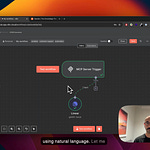
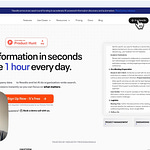
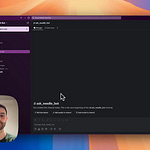
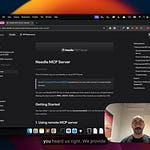
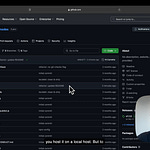
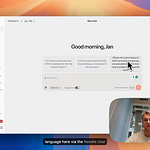
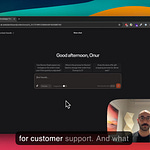
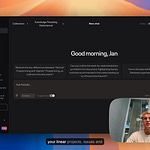
Share this post